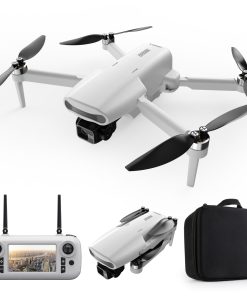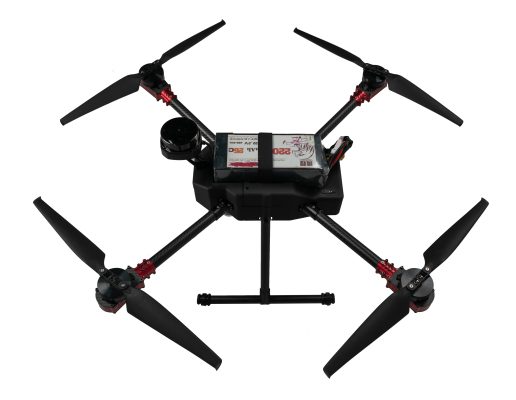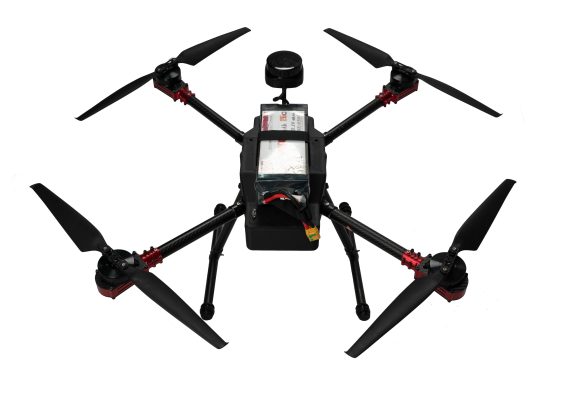-
×
 CK17 GPS Drone with LCD Remote and 2K Camera Gimbal
1 × $324.99
CK17 GPS Drone with LCD Remote and 2K Camera Gimbal
1 × $324.99
Blog
Exploring the Technological Advancements and Future Trends of Long Distance Drones
Section Titles:
-
The Evolution of Long Distance Drones
-
Current Technologies: Key Technologies Behind Long Distance Drones
-
Future Technological Trends for Long Distance Drones
-
Opportunities and Challenges: The Development Issues of Long Distance Drones

Detailed Content:
With the rapid development of drone technology, long distance drones have evolved from simple flying devices to efficient industrial tools. In this article, we will discuss the technological advancements and future trends of long distance drones.
1. The Evolution of Long Distance Drones
Initially, drones were limited to short-range tasks such as photography and surveillance. However, with continuous technological improvements, today’s long distance drones have longer flight times, greater ranges, and higher stability, enabling them to handle more complex operations.
2. Current Technologies: Key Technologies Behind Long Distance Drones
-
Enhanced Navigation Systems: Utilizing more accurate GPS and RTK technology to ensure stability and precision in flight.
-
Efficient Battery Technology: The key to long-duration flights is the performance of the battery. Modern drones are equipped with more efficient and durable battery systems.
-
Smart Flight Control Systems: Leveraging artificial intelligence and machine learning algorithms, these drones can adapt to environmental changes automatically, ensuring smooth operations.
3. Future Technological Trends for Long Distance Drones
-
Breakthroughs in Flight Range: Future long distance drones will break current flight range limitations, enabling them to fly further and handle more complex missions.
-
Drone Interconnectivity: With the widespread adoption of 5G technology, multiple drones will be able to work together, performing more complex tasks collaboratively.
-
Automated Delivery: Long distance drones will become more automated, handling parcel deliveries, cargo transport, and various other tasks with minimal human intervention, significantly increasing operational efficiency.
4. Opportunities and Challenges: The Development Issues of Long Distance Drones
Despite significant progress in long distance drone technology, there are still numerous challenges in their widespread adoption:
-
Regulatory Restrictions: Different countries have varying regulations on drone operations, especially regarding long-distance flights and drone fleet cooperation.
-
Safety Concerns: As drones fly at higher altitudes for longer periods, there are increased risks of encountering sudden weather changes or technical failures.
-
Cost Issues: Although technology is advancing, the high cost of high-performance long distance drones still limits their widespread application in certain sectors.
Looking Ahead
With ongoing technological advancements, the future of long distance drones remains promising. They are expected to play an increasingly important role in industries such as logistics, agriculture, and environmental monitoring. As relevant policies continue to evolve, long distance drones will face both greater opportunities and challenges in the near future.


